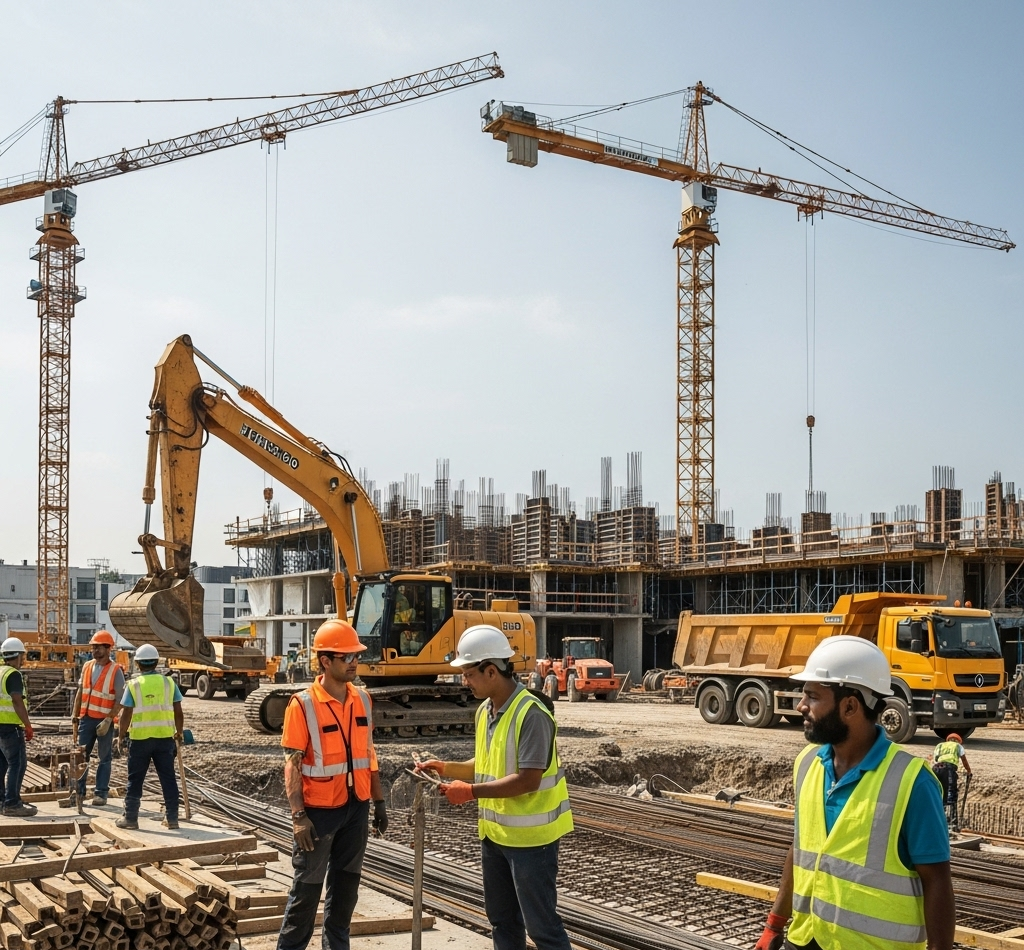
In the construction industry, where projects hinge on tight schedules, budgets, and coordination, effective vendor risk management is critical to avoiding costly disruptions. Vendors—suppliers, subcontractors, and service providers—are the backbone of any construction project, but their failure to deliver can lead to delays, cost overruns, and compromised quality. This blog post explores the importance of vendor risk management in construction and offers practical strategies to mitigate risks and keep projects on track.
Construction projects are complex ecosystems involving multiple stakeholders, each contributing materials, labor, or expertise. A single vendor’s delay in delivering critical materials, financial instability, or non-compliance with regulations can ripple through the entire project, causing:
Delays: Late deliveries or incomplete work can push timelines, impacting project milestones and completion dates.
Cost Overruns: Disruptions often lead to additional labor, equipment, or material costs to get back on schedule.
Quality Issues: Vendors cutting corners or failing to meet specifications can compromise the project’s integrity.
Reputational Damage: Consistent vendor issues can erode trust with clients and stakeholders.
Proactive vendor risk management helps identify potential issues before they escalate, ensuring smoother project execution and cost control.
Understanding the specific risks vendors pose is the first step in effective management. Common risks include:
Financial Instability: Vendors facing cash flow issues may delay deliveries or fail to pay their subcontractors, impacting the project.
Supply Chain Disruptions: Global events, such as natural disasters or geopolitical issues, can interrupt material supplies.
Non-Compliance: Vendors failing to adhere to safety, labor, or environmental regulations can lead to fines or work stoppages.
Performance Issues: Subpar work quality or missed deadlines can derail project progress.
Capacity Constraints: Overcommitted vendors may struggle to meet project demands, causing delays.
To minimize these risks, construction firms can adopt the following strategies:
Before engaging vendors, conduct comprehensive due diligence:
Financial Health: Review credit reports, financial statements, and payment histories to ensure stability.
Track Record: Assess past performance through references, case studies, or site visits.
Certifications and Compliance: Verify licenses, insurance, and adherence to industry standards and regulations.
Robust contracts set expectations and protect against risks:
Define Scope and Timelines: Clearly outline deliverables, deadlines, and quality standards.
Include Penalties and Incentives: Add clauses for late delivery or substandard work, balanced with incentives for early or exceptional performance.
Risk Allocation: Specify responsibilities for unforeseen events, such as supply chain disruptions.
Vendor performance should be tracked throughout the project:
Regular Reporting: Require vendors to submit progress updates and financial health reports.
Site Audits: Conduct periodic checks to ensure compliance with safety and quality standards.
Technology Tools: Use project management software to track vendor performance metrics in real-time.
Relying on a single vendor for critical materials or services increases risk. Maintain relationships with multiple vendors to:
Mitigate supply chain disruptions.
Foster competition, potentially improving pricing and service.
Ensure backup options in case a primary vendor fails.
Prepare for worst-case scenarios:
Buffer Stock: Keep reserve supplies of critical materials to avoid delays.
Backup Vendors: Identify alternative vendors who can step in if needed.
Risk Mitigation Plans: Develop strategies for handling vendor-related disruptions, such as reallocating resources or adjusting schedules.
Strong vendor relationships foster reliability and accountability:
Communication: Maintain open lines for addressing concerns and sharing updates.
Fair Payments: Pay vendors promptly to build trust and avoid disputes.
Collaboration: Involve vendors in planning to align expectations and identify potential issues early.
Vendor risk management is not just about avoiding pitfalls—it’s about ensuring project success. By vetting vendors thoroughly, establishing clear contracts, monitoring performance, diversifying partnerships, planning for contingencies, and fostering strong relationships, construction firms can minimize disruptions and keep projects on time and within budget. In an industry where every day counts, proactive vendor management is a competitive advantage that delivers measurable results.
Invest in robust vendor risk management today to build a foundation for smoother, more successful construction projects tomorrow.
© 2025 Lasso Supply Chain Software LLC
Get instant access to our report on the Top Procurement Trends of 2025 by filling out the form below.

Get instant access to our report on the Top Procurement Trends of 2025.